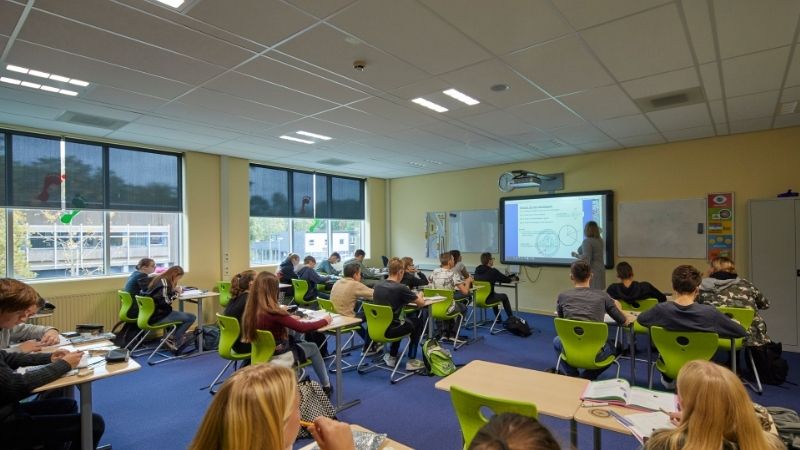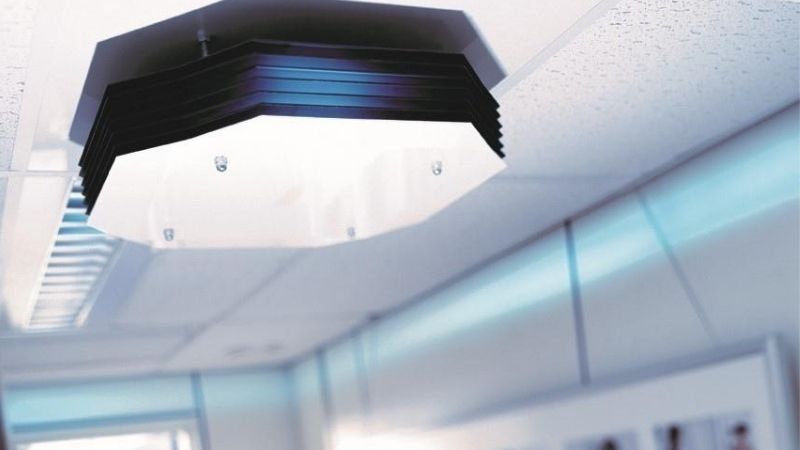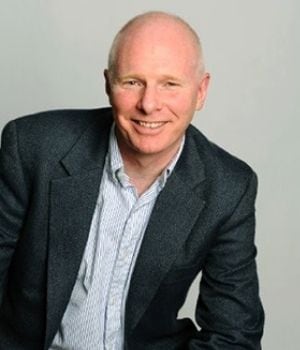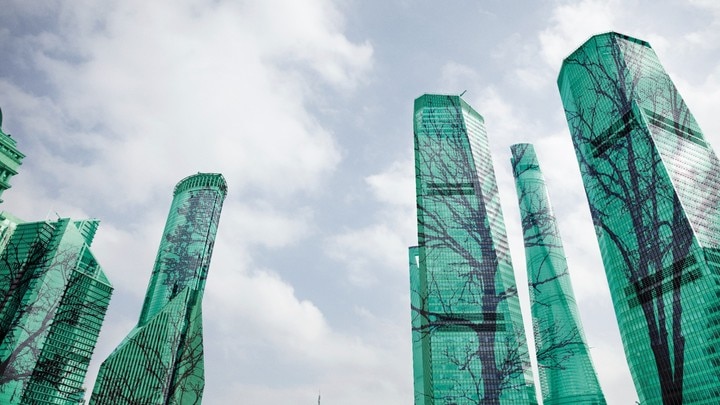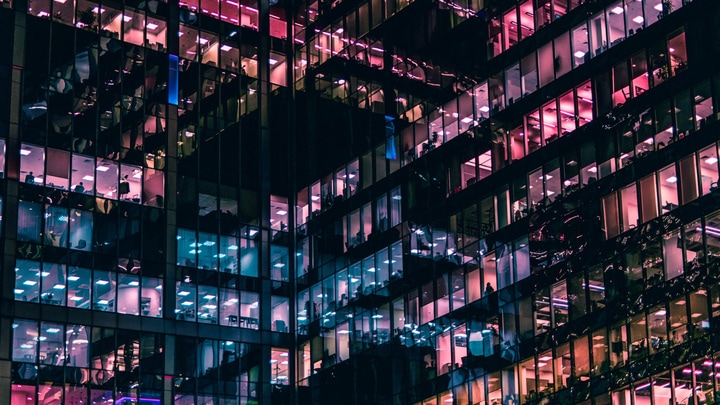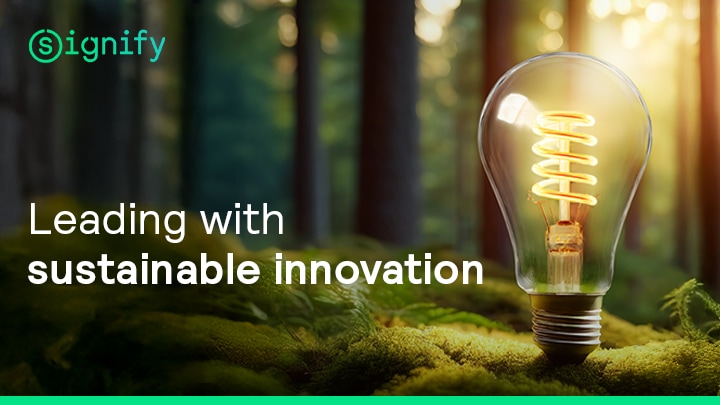April 20, 2021
As schools return, there is a strong case for all educational buildings in the EU to switch to LED lighting by the end of 2030. The move will save energy, create jobs, and further Europe’s digital future.
The initiative comes after the European Commission’s recent approval of the Recovery and Resilience Facility, an instrument which aims for EU nation states to emerge stronger from the Covid-19 pandemic.
Under the plan, the EU will finance projects that support a green and digital transition. Learning environments ought to be on the list of priorities to accelerate 2030 and 2050 carbon goals.
“Schools often have squeezed budgets and their lights, on the whole, are vastly inefficient,” said Harry Verhaar, Global Head of Public and Government Affairs at Signify, adding, “within the education sector in the EU there are 55 million light points using old technology that could be converted to LED. Doing that would reduce the EU’s carbon footprint by 3.7 million tons of CO2 a year – the same effect as the carbon sequestered by a forest the size of Slovenia.”
